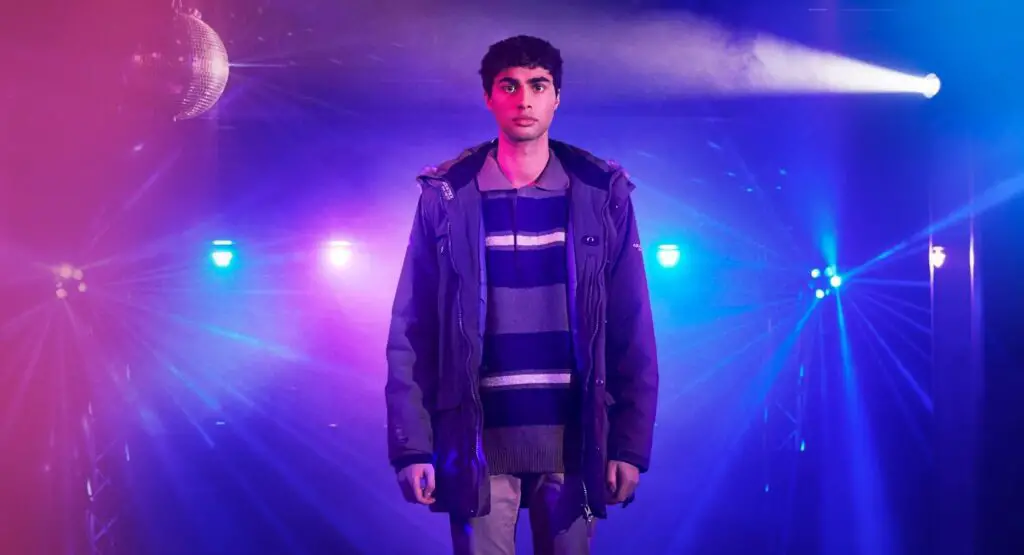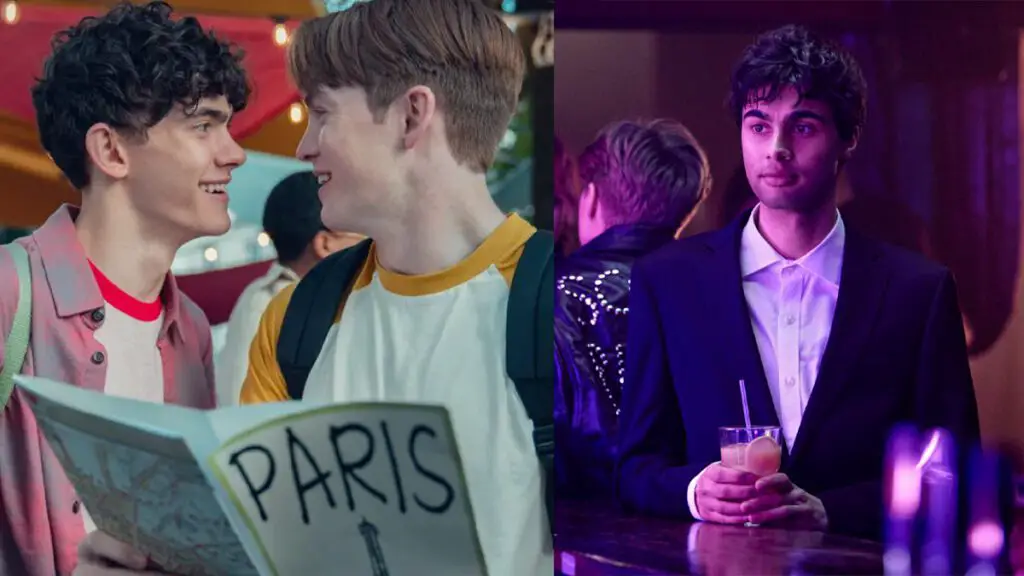Netflix’s Tore and Heartstopper are poignant portrayals of LGBTQ+ narratives, yet they diverge in their storytelling approaches. Tore, a Swedish import, delves into the grim, cynical, and sometimes darkly comedic life of a gay man facing loss and existential melancholy, offering a stark contrast to Heartstopper’s optimistic, romantic narrative revolving around young love and self-discovery.
Heartstopper encapsulates a saccharine narrative, portraying a hopeful, blossoming romance between high schoolers Nick and Charlie. Its storytelling is lauded for its joyous, heartwarming, and tender depiction of queer love, offering a sense of euphoria and emotional warmth to its audience. It’s a narrative that seeks to right the wrongs queer people have historically faced, both in media portrayals and real-world experiences. The show is a romanticized projection, a “sugar rush” of homoerotic teenage fervor that provides a serene escape into a more accepting, tender, and romantic world.
On the other end of the spectrum, Tore presents a more cynical, realist view of queer life. The protagonist, a 27-year-old gay man, navigates a life filled with tragedy, grief, and the harsh realities of adulthood. The show’s narrative is not one of romance or idealized portrayals but is a raw, unfiltered examination of life’s unforgiving nature, especially for individuals identifying as LGBTQ+. The aesthetics of Tore, laden with broody, moody colors and a dark, morose atmosphere, further accentuate the grim realities it seeks to portray, serving as an antithesis to Heartstopper’s bright, optimistic narrative canvas.
A Synergistic Viewing Experience: Embracing The Spectrum of Queer Life

Watching Tore and Heartstopper in tandem provides a holistic, encompassing view of the queer experience from differing vantage points. While Heartstopper indulges in the sweet escapism of youthful love, Tore provides a gritty, realistic insight into the trials and tribulations faced by queer individuals in their adulthood. Together, they encapsulate a broad spectrum of LGBTQ+ experiences, shedding light on both the joyous and harsh realities of queer life.
Heartstopper’s narrative fosters a nurturing environment for young love to flourish, reflecting the hopeful, tender aspects of queer relationships. This show has been perceived as a sweet relief, especially when compared to more intense, realistic portrayals of teenage life like in Euphoria.
Conversely, Tore’s narrative is a somber reflection of adulthood’s harsh realities, especially when navigating life as a queer individual. The melancholy, the grief, and the struggle for self-acceptance and love are portrayed in a raw, unadulterated manner, providing a contrasting yet complementary narrative to Heartstopper.
In conclusion, the juxtaposition of Heartstopper’s hopeful romantic narrative against Tore’s grim realism provides viewers with a comprehensive, enriching exploration of queer narratives. The contrasting yet complementary storytelling of these two shows makes them ideal companions, offering a fuller, more nuanced understanding of the LGBTQ+ experience.


